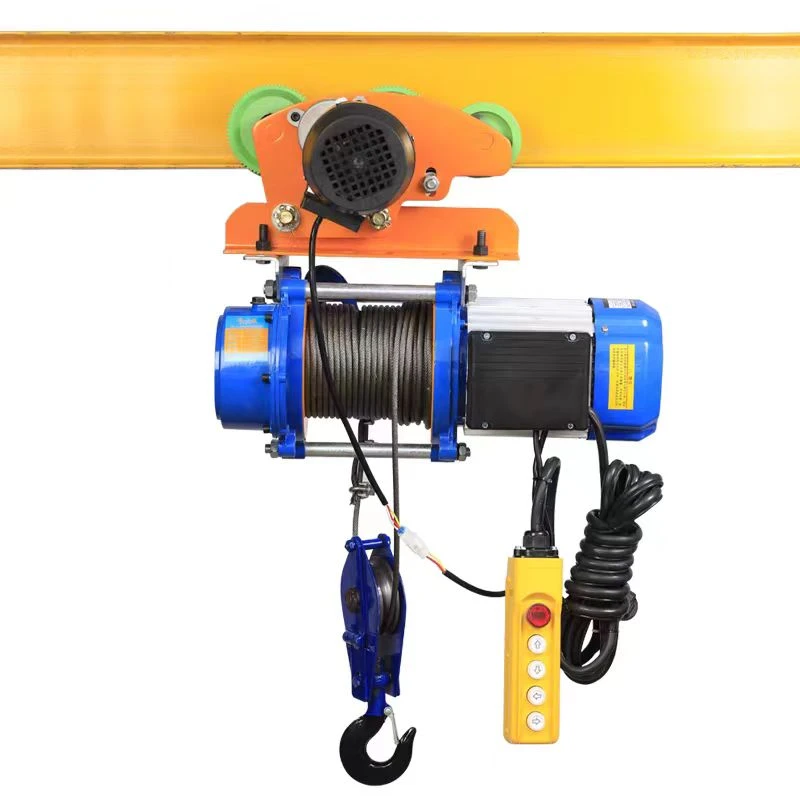


Safe Use of Chain Blocks A Comprehensive Guide
Chain blocks, also known as chain hoists or lever hoists, are vital tools in various industries for lifting and moving heavy loads. While they offer significant advantages in efficiency and productivity, it is crucial to prioritize safety when using these devices to prevent accidents and injuries. This article outlines best practices for the safe use of chain blocks.
1. Understanding the Equipment
Before operating a chain block, it is essential to understand its components and how it functions. A chain block typically consists of a chain, a hook, a ratchet mechanism, and a load-carrying hook. Familiarizing yourself with these parts will help you identify potential hazards and ensure proper handling. Always refer to the manufacturer's manual for specifications and guidelines regarding load capacity and maintenance.
2. Inspection Before Use
Safety begins with a thorough inspection of the chain block prior to use. Check for any signs of wear, deformation, rust, or damage. Ensure that the chain moves freely without any hitches and that the hooks are not bent or cracked. Pay special attention to the lifting mechanism to ensure it operates smoothly. Any equipment defects must be addressed immediately, as using a faulty chain block can lead to serious accidents.
It's vital to understand the load capacity of your chain block. Overloading is a common mistake that can lead to equipment failure and injuries. Always adhere to the manufacturer's specified weight limits and account for any dynamic loads that may occur during operation. If unsure, it is better to err on the side of caution and seek a more robust lifting solution.

4. Proper Positioning
When using a chain block, make sure it is positioned correctly. The chain should be vertical and free of obstructions. Avoid using the chain block on unstable surfaces, as this can increase the risk of tipping or sliding. If you're lifting from a height, ensure that the load is secured and that there's enough clearance for safe lifting.
5. Training and Communication
Only qualified personnel should operate chain blocks. Training ensures that operators are knowledgeable about safe practices, emergency procedures, and the specific type of chain block they are using. Effective communication is also critical, especially when working in teams. Use clear signals to indicate when to start or stop lifting, and ensure all team members are aware of the lifting operation.
6. After Use Care
Post-operation care is just as important as pre-use inspections. After completing a lift, properly store the chain block to prevent damage or wear. Regular maintenance, including lubrication and cleaning, will prolong the life of the equipment and ensure safe operation for future tasks.
Conclusion
The safe use of chain blocks is non-negotiable in any environment where heavy lifting is required. By understanding the equipment, adhering to weight limits, and following proper protocols, operators can mitigate risks and maintain a safe working environment. Remember, safety is not just a priority; it is a fundamental responsibility that every operator must uphold.



